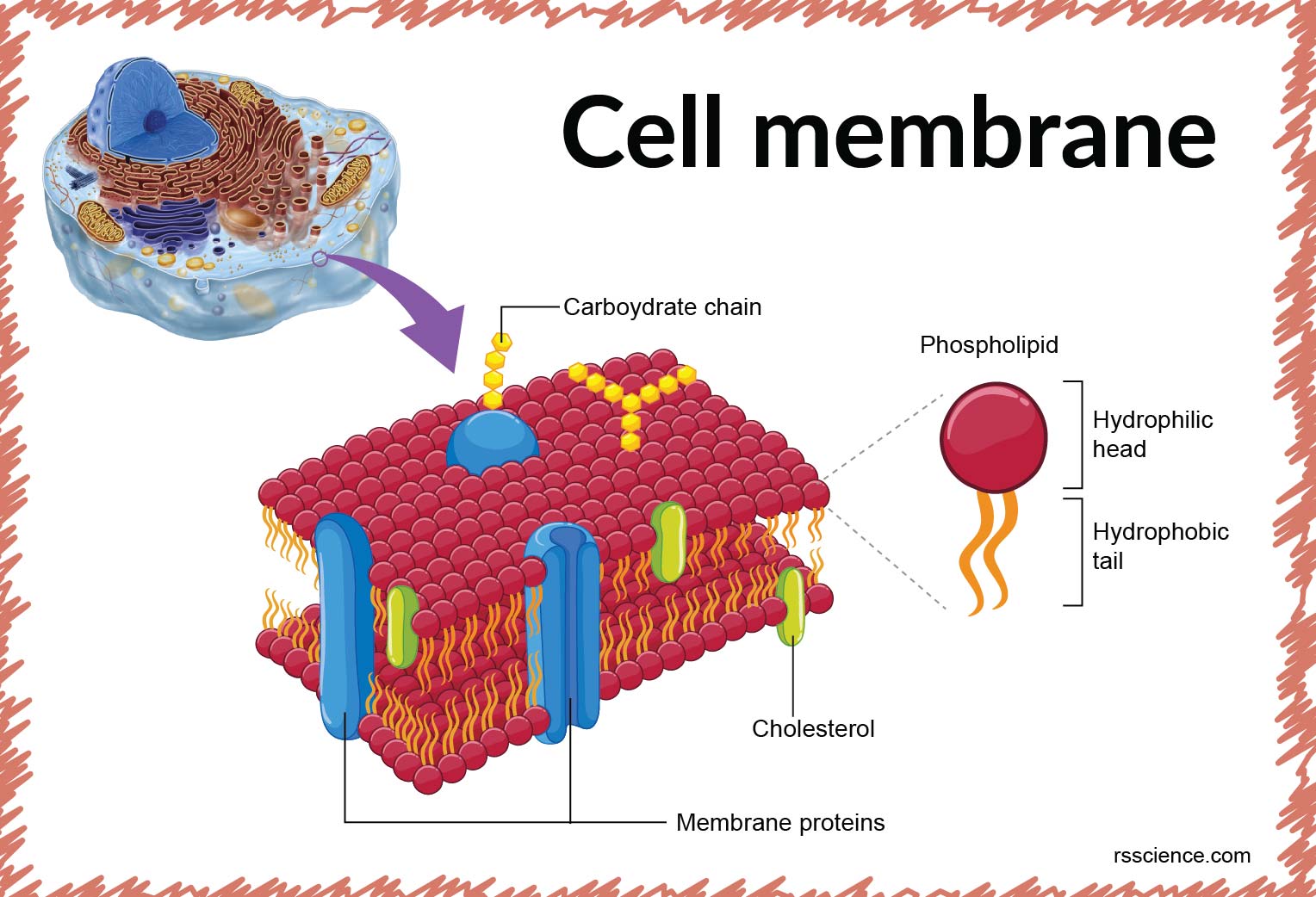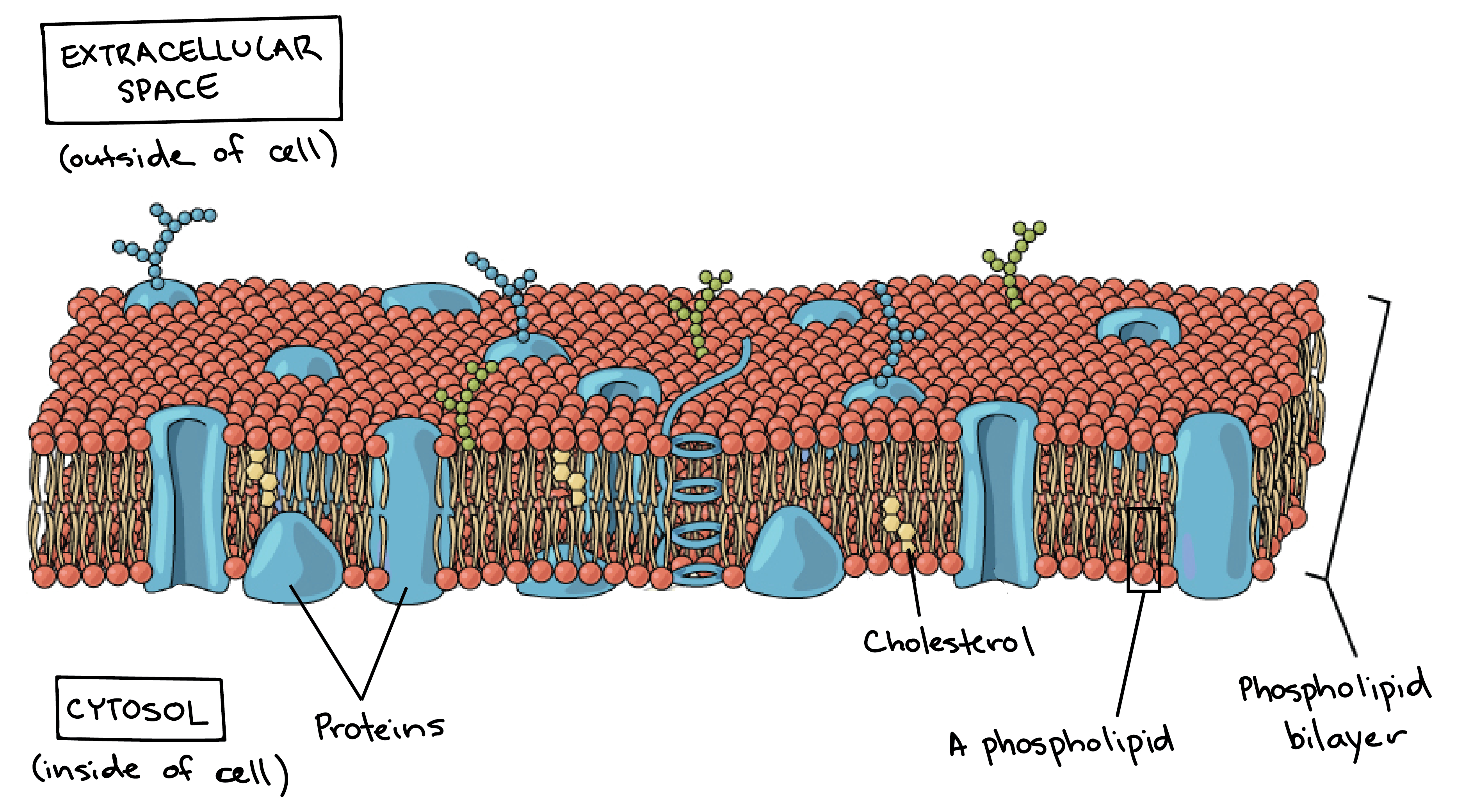Cell Membrane Structure And Function A Level

Organisms are composed of cells and these cells have specific structures within in them that allow them to carry out their functions.
Cell membrane structure and function a level. The plasma membrane is impermeable to ions and most water-soluble molecules. The liquid where all. The membrane also contains membrane proteins including integral proteins that go across the membrane serving as membrane.
Scanning electron micrograph SEM of adipocytes Ad Membrane Structure and Function Prokaryotic Cells. 1 Isolate cells contents from outside environment 2 Regulate exchange of substances between inside and outside of cell 3 Communicate with other cells Note. Membranes also exist within cells forming various.
The membrane is examined in detail later. Membrane Structure and Function All cells have a plasma or cell membrane which contains the cell. The cell membrane consists of a lipid bilayer including cholesterols that sit between phospholipids to maintain their fluidity at various temperatures.
Proteins and lipids are the major components of the cell membrane. Xylem present in the vascular plants is made of cells that provide structural. In plant cells the membrane encapsulates the protoplasm.
Membrane Structure and Function Plasma Membrane. Cell membrane is a protective covering that acts as a barrier between the inner and outer environment of a cell in animals. Cell Membrane or Plasma Membrane.
Every cell has a lipid and protein layer called cell membrane or cytoplasmic or plasma which defines its boundaries and regulates molecular exchanges with the external environment. Membranes formed from phospholipid bilayers help to compartmentalise different regions within the cell as well as forming the cell surface membrane Exam Tip An example of a membrane-bound organelle is the lysosome found in animal cells each containing many hydrolytic enzymes that can break down many different kinds of biomolecule. The cell membrane is a multifaceted membrane that envelopes a cells cytoplasm.



















